My Journey with AI-Driven Development: From Curiosity to Necessity
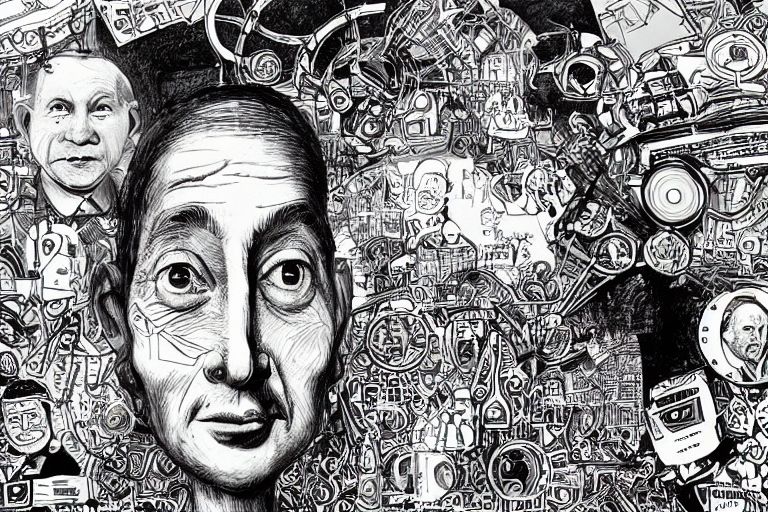
As I reflect upon my last 1 year coding journey, I am struck by how deeply Artificial Intelligence (AI) has woven itself into my development practices. From the likes of GitHub Copilot to the genius behind ChatGPT, my approach to writing code has undergone a transformative shift. Allow me to walk you through my maturity model, detailing my transition from viewing these tools as mere curiosities to treating them as absolutely indispensable, all the while learning the nuances of working optimally with each tool.
1. The Early Days - Novelty and Doubt

Initial Ignorance
At first, I was blissfully unaware of the potential AI-driven tools held. I coded the traditional way - relying on manual input, using templates, without any AI predicting or suggesting code sequences.
Dabbling and Experimentation
When tools like GitHub Copilot made their debut, curiosity got the better of me. I toyed with them, intrigued by the novelty but hesitant to make them a staple in my projects.
2. The Exploration Phase - Understanding and Application
Tinkering and Learning
I began investing more time, trying out these tools on smaller projects. The features amazed me, and I grew eager to understand their depth and potential.
Gradual Integration
With my growing comfort, I started using them in bigger endeavors. Sure, there were occasional hiccups, but each problem faced led to a new learning, refining my experience with these AI assistants.
3. The 'Aha' Moment - Building Trust and Recognising Value
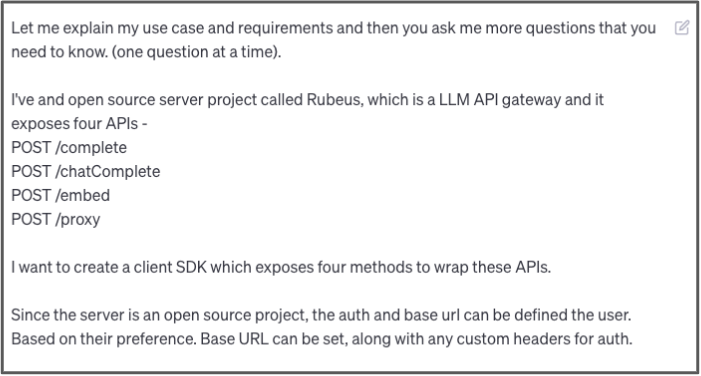
The Trust Factor
Repeated successful interactions with tools like ChatGPT for brainstorming or GitHub Copilot for coding built my confidence. These weren't just tools; they were becoming trusted allies in my development journey.
Growing Dependence
I noticed an evolution in my coding approach. Not only was I saving time, but I was also being introduced to coding practices and solutions that hadn't previously crossed my mind. Their suggestions became a source of enlightenment and optimization.
4. The Current State - Collaboration and Essentiality

Collaborative Coding
Now, I don't use these tools in isolation. Whether I'm pair programming or reviewing code, tools like GitHub Copilot are integral, actively participating in the coding dialogues, challenging and refining my perspectives.
Can't Imagine Without
Today, the thought of coding without these AI companions feels archaic. It's akin to imagining coding without a compiler or my favorite IDE. They've transitioned from being luxuries to necessities.
5. Unlocking The Full Potential - Working Optimally With Each Tool
GitHub Copilot
I realized that this tool thrived on clarity. Writing good documentation for my code made a world of difference. Copilot seemed to understand my coding intent better and suggested more relevant completions. The code's context became paramount, and as I improved in my documentation practices, Copilot became an even more effective ally.

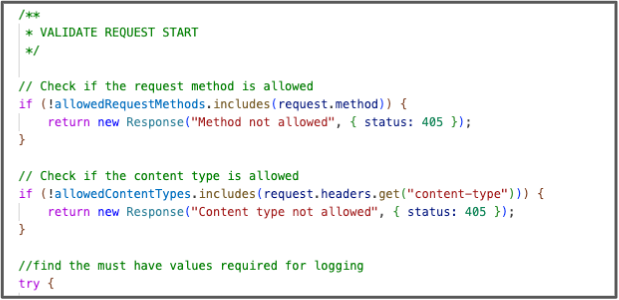
ChatGPT
Working with ChatGPT required a more nuanced approach. Breaking questions down into smaller logical blocks helped. Understanding the context window and realizing the summarization happening in GPT-4 chats was key. It's not just about asking questions; it's about how you frame them. Additionally, the art of threading chats correctly is highly undervalued. Doing so can greatly enhance the accuracy and relevance of the answers I receive.

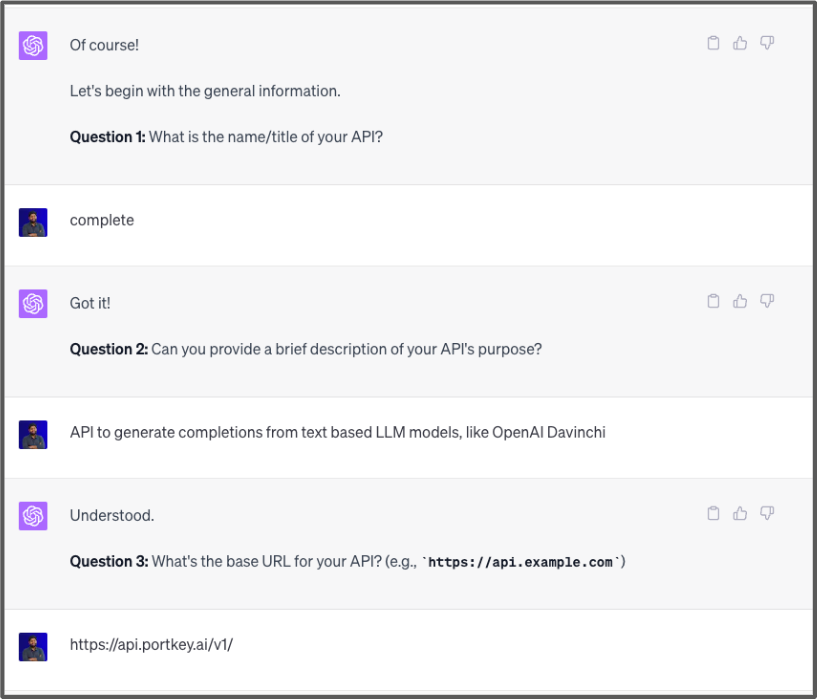
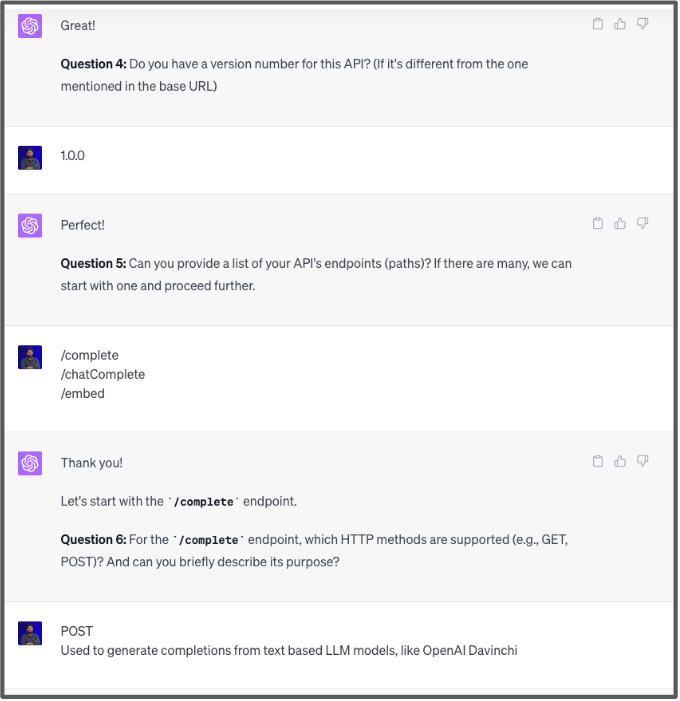

In Retrospect
Looking back, my evolution with AI-driven tools resembles the broader acceptance curve of many trailblazing innovations. What began as skepticism morphed into curiosity, then experimentation, acceptance, and finally, utter reliance. Now, as I stand on the shoulders of AI giants like ChatGPT and GitHub Copilot, armed with the knowledge of how to extract the maximum benefit from each, I can't help but be excited about the next stages of this symbiotic relationship in my coding adventures.

